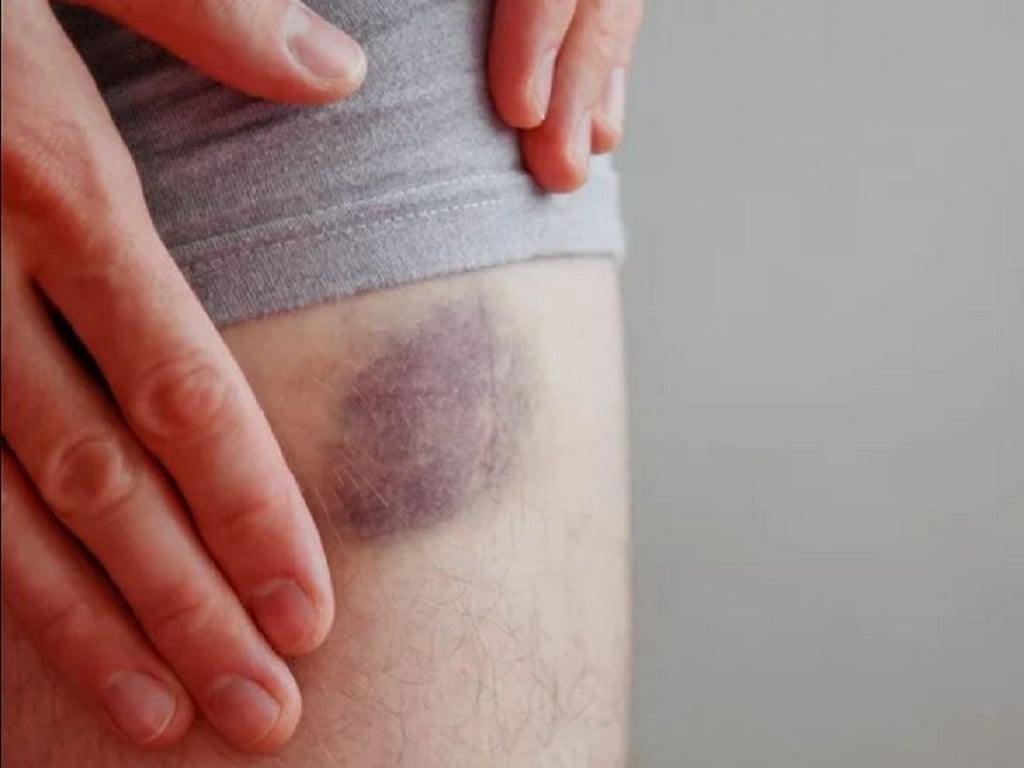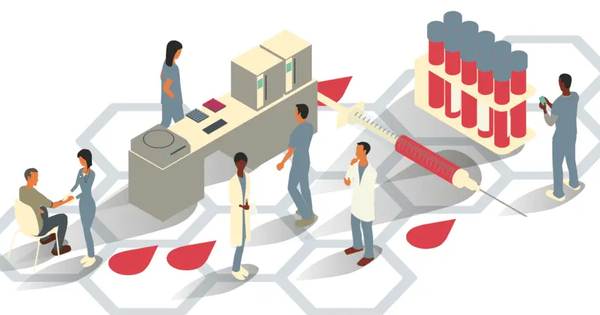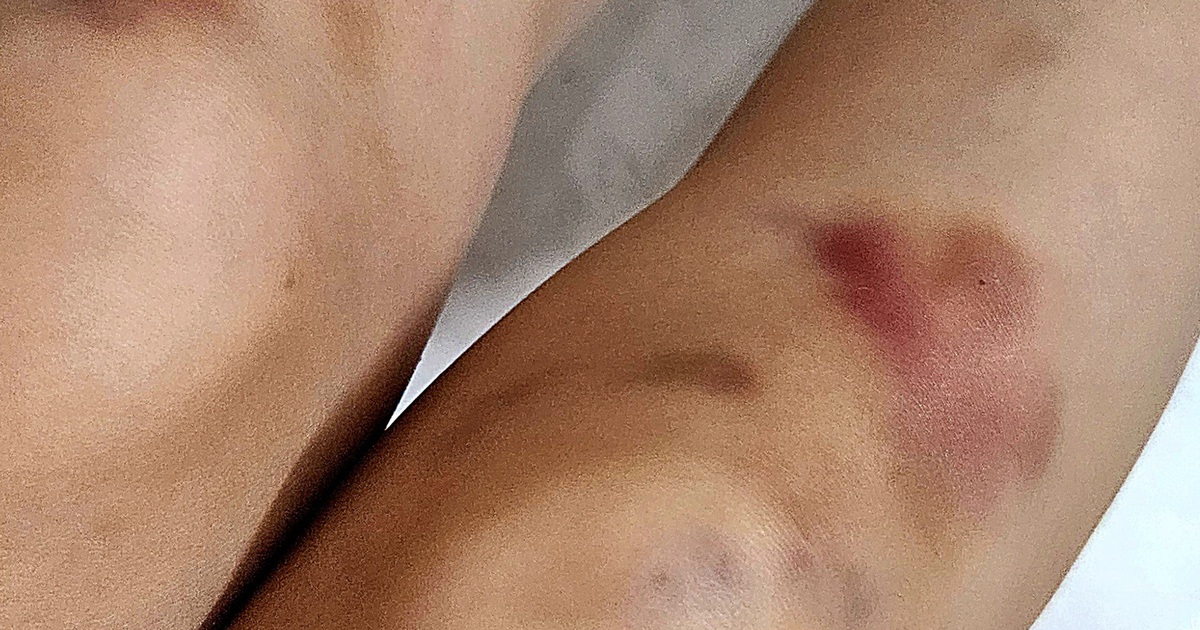A bruise occurs when blood vessels under the skin rupture, causing blood to pool. Bruises are often caused by collisions or injuries. Even just pressing or sucking hard enough can cause a bruise, according to the health website Healthline (USA).

If a bruise persists, especially if the cause is unknown, the person should see a doctor immediately.
Some people are more prone to bruising than others. Initially, the bruise may be red or purple. But over the course of a few days, the bruise will gradually turn brown, green, and yellow, and eventually heal and disappear completely from the skin.
Bruises usually go away on their own within 2 weeks without treatment. If a bruise persists for several days, it could be a sign of an underlying problem.
For example, people with abnormal blood platelet levels or blood clotting problems are more likely to bruise easily. Old bruises don't heal before new ones appear.
Problems with platelet levels and blood clotting are often caused by health problems or side effects of medications. Anticoagulants, antiplatelet drugs, and aspirin can all affect blood clotting, causing easy bruising. Another way to identify someone with thrombocytopenia is that persistent bruising is more likely to occur on the legs and calves.
Other problems that can cause platelet deficiency include pregnancy, anemia, an enlarged spleen, heavy alcohol use, bacteria entering the blood, HIV infection, and lupus.
In addition, bruising that does not heal can also be a sign of something serious like leukemia, a type of blood cancer. If a bruise suddenly appears for no apparent reason under the fingernails or toenails and does not heal after 2 weeks, you should go to the hospital for a check-up.
In most cases, bruises on the skin are not a cause for concern. If the bruise is caused by a strong impact, it will cause swelling and pain. People can treat it at home by applying cold and warm compresses and taking over-the-counter pain relievers if necessary, according to Healthline .
Source link



![[Photo] General Secretary To Lam receives Russian Ambassador to Vietnam](https://vstatic.vietnam.vn/vietnam/resource/IMAGE/2025/4/2/b486192404d54058b15165174ea36c4e)
![[Photo] Prime Minister Pham Minh Chinh receives Deputy Prime Minister of the Republic of Belarus Anatoly Sivak](https://vstatic.vietnam.vn/vietnam/resource/IMAGE/2025/4/2/79cdb685820a45868602e2fa576977a0)
![[Photo] Comrade Khamtay Siphandone - a leader who contributed to fostering Vietnam-Laos relations](https://vstatic.vietnam.vn/vietnam/resource/IMAGE/2025/4/3/3d83ed2d26e2426fabd41862661dfff2)
![[Photo] Prime Minister Pham Minh Chinh receives CEO of Standard Chartered Group](https://vstatic.vietnam.vn/vietnam/resource/IMAGE/2025/4/2/125507ba412d4ebfb091fa7ddb936b3b)







































































![[Podcast] News on March 26, 2025](https://vstatic.vietnam.vn/vietnam/resource/IMAGE/2025/4/3/c3d9c3c48b624fd9af79c13ff9e5c97a)

















Comment (0)